The deadly obsession with Everest
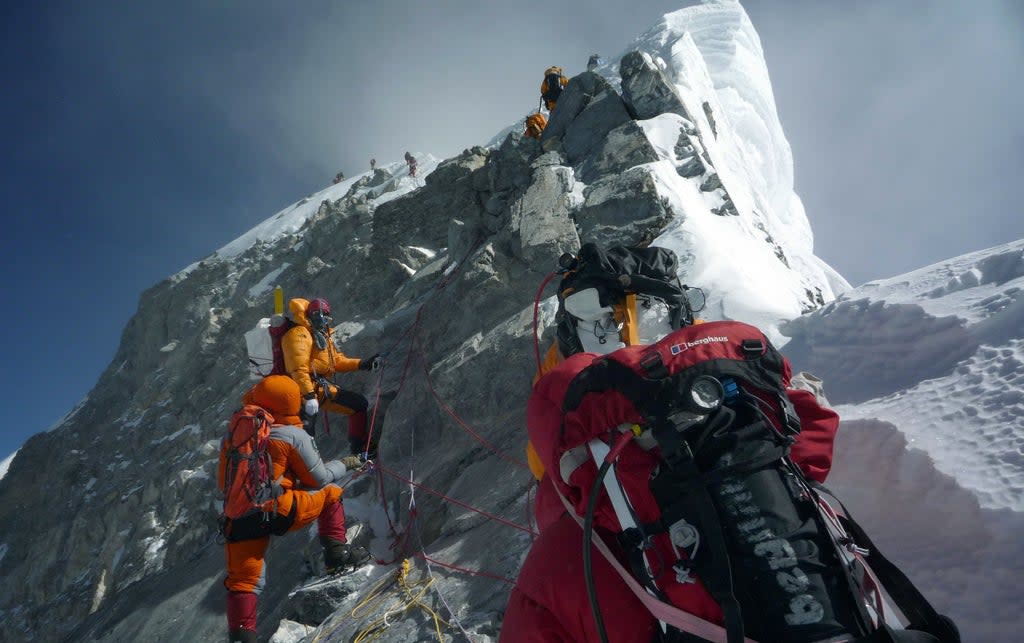
Everest expeditions used to be reserved for national teams of elite mountaineers but today if you have good physical fitness, a secure middle-class income and can spare three months to acclimatise, you too can make it to the roof of the world. Professionally guided, commercial expeditions will take you there for a fee of around £60,000. Unfortunately, they’re proving so popular that each May, a dangerously overcrowded Everest becomes the bucket-list destination to die for.
At 8,848 metres or 29,0129ft, Everest is the world’s highest but not hardest mountain. Approached from the south on the Nepalese controlled side of the mountain, the ascent is a gruelling hike but not a particularly difficult technical climb.
For the impoverished country of Nepal, Everest’s relative attainability has made it an invaluable natural resource estimated to be worth 10 per cent of the national economy. The Nepalese government grants record numbers of lucrative Everest permits each year and even at $11,000 a time there is no shortage of demand from the international climbing community.
And with over 50 companies vying to offer commercial expeditions there is no shortage of supply either. Companies from America and Europe had dominated the professional guiding market ever since Everest was first opened up to commercial trips in the 1990s but in recent years, they have been undercut by local Nepalese start-ups, offering tours from as little as $35,000. And some companies won’t ask too many impertinent questions about your mountaineering experience or your general levels of fitness. Seven Summit Treks is now the largest Nepal based operator. Its website even offers to take anyone to Everest with a “strong economic background to compensate for [old age and fear of risks].”
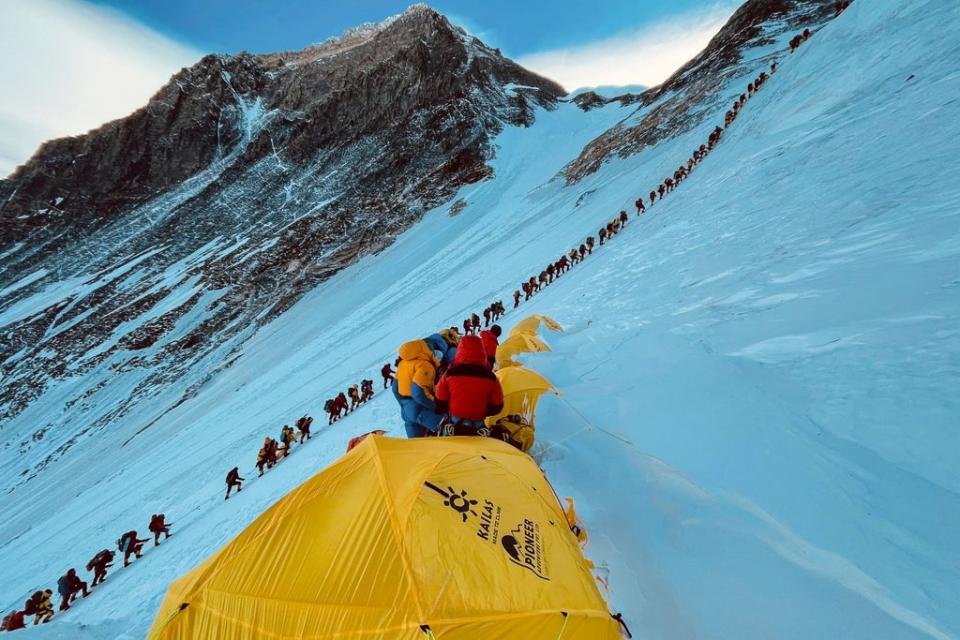
When it comes to summiting successfully and surviving to tell the tale, timing is everything. Apart from a short period in September, the peak is only accessible in May when winds die down sufficiently to create so called “summit windows.” These are the periods of mild weather when it’s deemed sufficiently safe for guided teams to strike out from their camps from just below the summit to make a final day’s intense push for the top.
But in seasons of poor weather, there are fewer, slimmer windows and when they open, the pent-up push for the peak causes lethal overcrowding on the mountain’s upper slopes.
Each May, a photograph taken just below the summit invariably goes viral on social media to the horror of professional climbers. Typically, it features a multi-coloured conga of scores of climbers clipped into just one line stretched out along the approach ridge.
Being a Sherpa guide or porter on Everest ranks as one of the most dangerous jobs in the world with death rates higher than those of US soldiers in Iraq
Queues as long as that can only move as fast as their weakest climber and guided tours mean that that there are too many inexperienced mountaineers who just shouldn’t be there. Within sight of the summit, and having invested so much time and money in pursuit of their lifetime’s ambition, overmatched climbers insist on continuing onwards even though they’re moving so slowly, they’re endangering themselves and everyone else.
The top of Everest is the last place on earth you would want to find yourself in a queue because spending too long in the death zone at altitudes above 8000 metres will kill you. It’s a race against time: unless climbers can summit and then descend back out of the death zone to the safety of camp four before nightfall, they’re likely to perish.
Commercial over exploitation of Everest is already claiming lives lost to avoidable causes like exhaustion and altitude sickness. It’s hugely significant that in 2019, one of Everest’s deadliest climbing seasons, ten of the eleven fatalities occurred during descents from the summit.
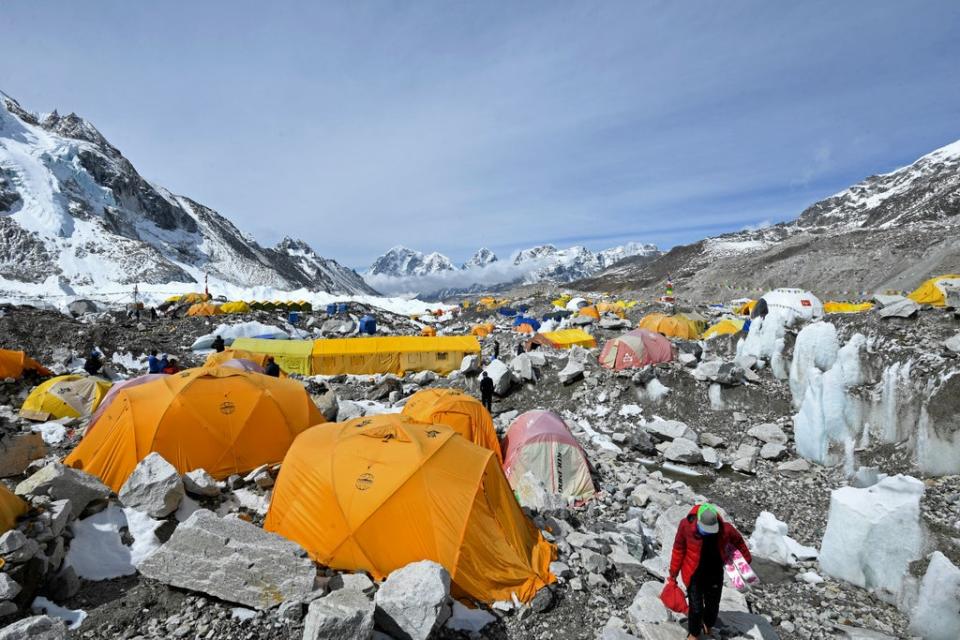
Even after weeks of acclimatisation training and with the aid of supplementary bottled oxygen, climbers experience nausea, extreme fatigue and can fall prey to hypothermia and frostbite. By then many are not in the best shape because at such high altitudes, sleep has been difficult for weeks and their muscles have started to atrophy. Their bodies are finding all sorts of inventively unpleasant ways of pointing out that human beings are not designed to exist that far above sea level. Some climbers become so exhausted that they sit down and never get back up.
Even with expert guides, climbing Everest will always be a near death experience: there are thought to be at least 200 bodies serving as macabre markers on summit routes because recovering human remains from the death zone is prohibitively dangerous and expensive.
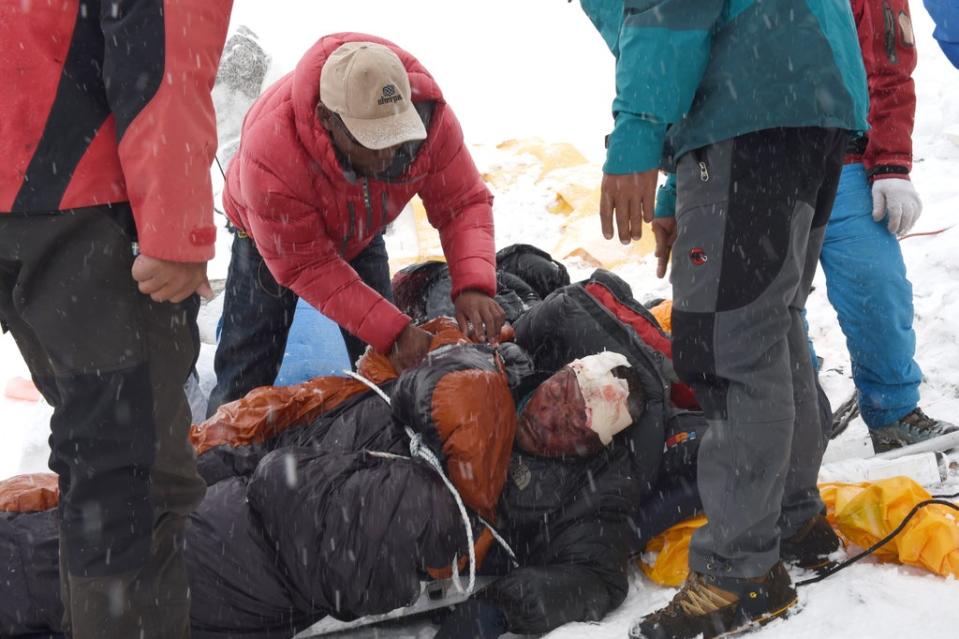
But yet each spring – pandemic permitting – Everest aspirants arrive in their hundreds. Most climbers fly into the world’s most dangerous airport in Lukla. From there they take two weeks to hike to the foot of the mountain – a transition which also serves as the start of the acclimatisation process. Sitting at 17,600ft, even Everest’s base camp is high enough to cause altitude related health problems, but when climbers start to congregate there in late March, summit fever begins.
Over the next 40 days or so, climbers will take at least three guided trips up the mountain and onto the neighbouring slopes going a few thousand feet higher each time to acclimatise before making that final push for the top in May. The first of those trips will also be the most dangerous because base camp sits at the foot of the infamous Khumbu ice fall – a 2,000ft climb on a moving glacier. It’s a constantly shifting mess of volatile ice blocks pitted with deep crevasses and overshadowed by towering seracs (a block of glacial ice) that can collapse without warning.
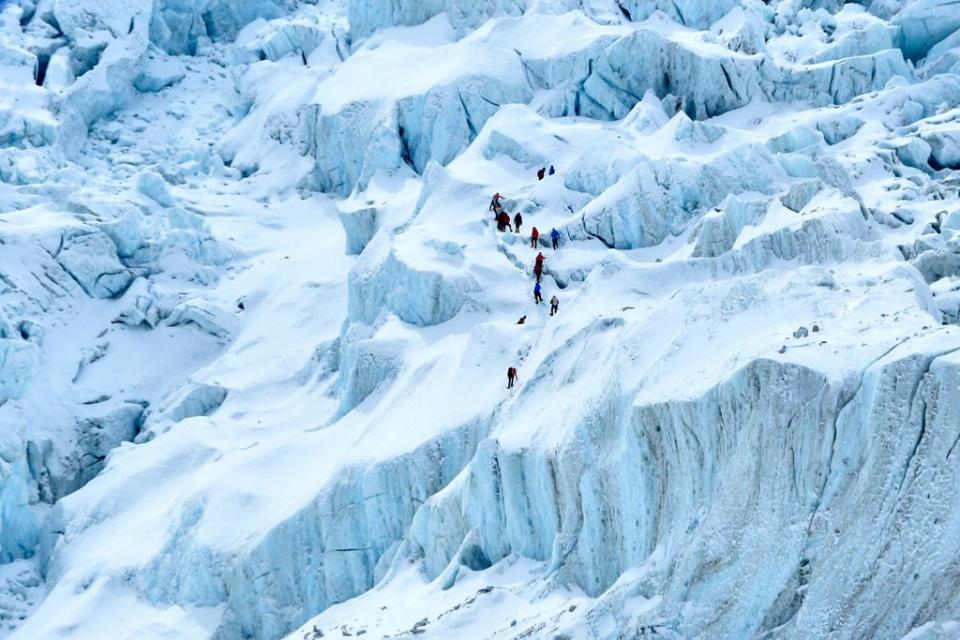
The route varies each year and is set by Sherpa “ice doctors” who fix ropes and aluminium ladders to bridge terrifying crevasses. Being a Sherpa guide or porter on Everest ranks as one of the most dangerous jobs in the world with death rates higher than those of US soldiers in Iraq. Some Sherpas love climbing and are avid members of international mountaineering organisations. But for others guiding it’s just a very dangerous job they hope their children will never have to do. Many spend the money they earn putting their children through boarding school in Kathmandu.
Guided clients will cross the perilous icefall two or three times while heavily laden Sherpa porters will be expected to traverse it dozens of times in the course of a season. When an ice serac collapsed onto the Khumbu icefall in 2014, 16 Sherpas were killed.
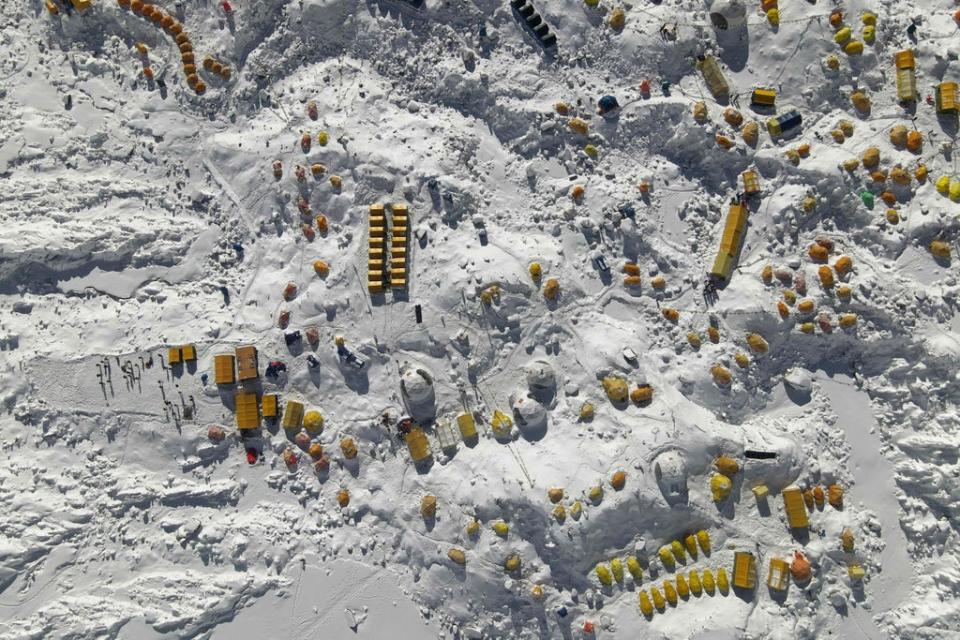
Ian Taylor climbed Everest in 2008. Despite 15 years of experience guiding in the Himalayas he is determined to steer clear of “the Everest circus” because of fears over safety.
“The main reason is the current risks to our Sherpa climbing staff,” he told me. “My head climbing Sherpa, Ang Kami Sherpa, was 15 minutes above the deadly avalanche that killed 16 Sherpas in 2014. Our staff are like family to us and having them risk their lives for others is too much of an ask. Climate change is now a real challenge and I have seen massive changes over the past decade.”
But Taylor believes that the risks caused by “bucket list” mountaineers are not confined to Everest. “The systems on Himalayan peaks are broken, and more and more unprepared people are joining high altitude expeditions with minimal experience and knowledge,” he said. “I just came back from my 20th expedition to Island Peak at 20,305ft and I am always reminded of the lack of preparation other teams are doing for ascents.
“Even on the lower peaks, people are showing up with minimal technical and physical preparation, risking lives and taking massive risks in acclimatisation and their personal safety by not having guides, checking anchor points, or bringing enough ropes and guides to manage their safety.”
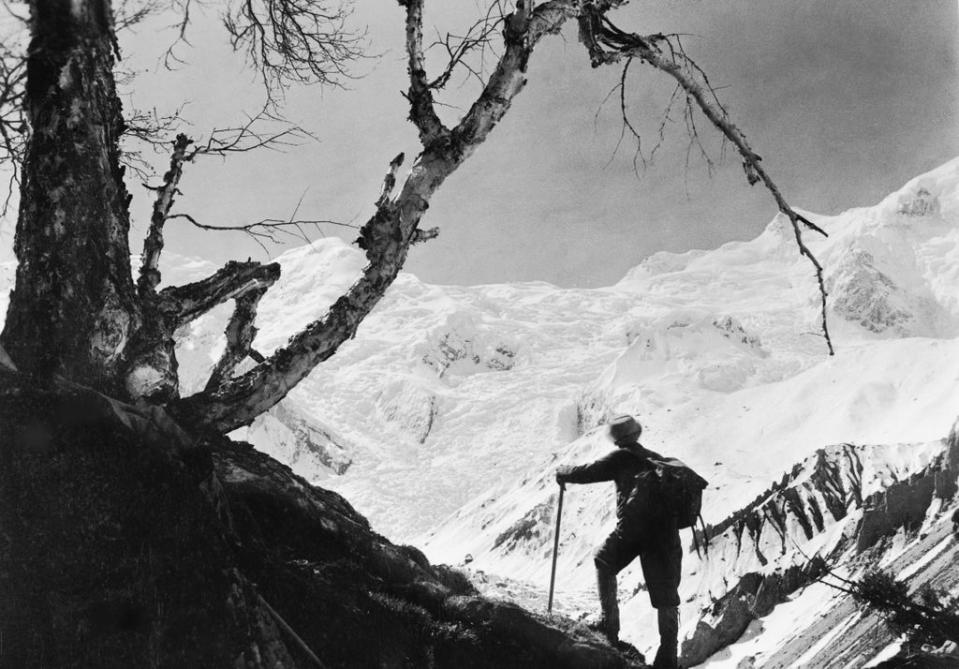
For mountaineers, like Cathy O’Dowd queues aren’t just dangerous, they’re also anathema to the sport’s spirit of adventure. “There were no guided commercial tours when I started climbing,” she told me from her home near the Pyrenees in Andorra. “The only way was to be invited by people who were better than you.” That was how O’Dowd became part of the first South African expedition to Everest in 1996. She later became famous as the first woman to climb Everest from both the southern and northern sides. O’Dowd also acknowledges that the Everest business model is being rolled out across the Himalayas.
“Commercialisation of Everest is moving onto the other 8000m Himalayan where fixed lines from the base camp to the summit are now normal. We’re even seeing straight commercial offers for expeditions to K2. People are astonished by photographs of Everest’s overcrowding, but they lack perspective because all of these places have now just become bucket list challenges. You can even take people onto Everest without any climbing experience whatsoever. You don’t even need to take an ice axe, just clip in and follow the line ahead. The way I climbed was very different to the British climbers of the 1970s, which in turn is very different to Edmund Hillary and Tenzing Norgay in 1953. It’s always been an evolving challenge. It’s changed a great deal but I’m glad I did it back then.”
Is climbing Everest still a significant challenge? Step into the line, clip into the safety line and shuffle your way towards your five minutes worth of summit selfie time
She was actually just below the summit on 11 May 1996 – one of Everest’s darkest days – when two of the early commercial expeditions were caught in a storm that claimed eight lives. Jon Krakauer, writer and seasoned climber, was one of the survivors. His harrowing account of the tragedy, Into Thin Air became an international bestseller but inadvertently triggered the modern Everest boom because it raised awareness that commercial expeditions to the Himalayas were available.
Today, O’Dowd works as a public speaker and starts one of her talks with this question: “Is climbing Everest still a significant challenge? Step into the line, clip into the safety line and shuffle your way towards your five minutes worth of summit selfie time. Everest is now the wealthy executive’s mid-life crisis.”
She explains that Everest obsessives tend to misunderstand the true nature of the challenge. “People fixate on the physicality and don’t appreciate the mental side: the risk management; reading the weather; studying the snow – all of the work the guides and Sherpas are doing, most of which is invisible. The real challenge is going into an environment that’s unpredictable – all of that is lost by outsourcing it to guides.”
O’Dowd argues that for those with a true spirit of adventure, there are more interesting challenges closer to home, citing the Pyrenees as an example.
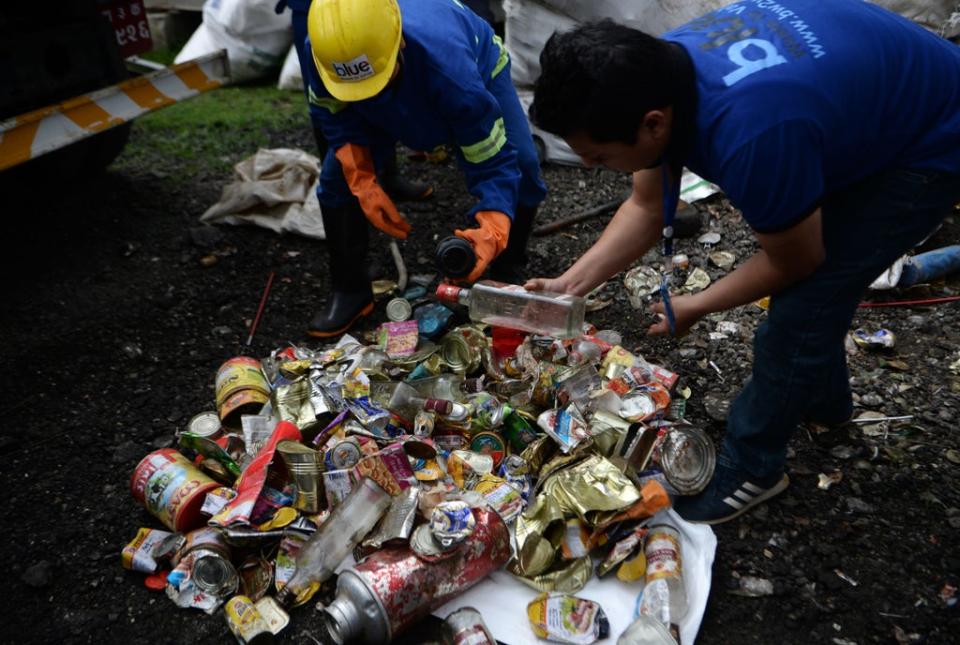
“Climbing Everest has become embedded as such a symbol of achievement in our culture but big expeditions are slow, expensive and time consuming,” says O’Dowd. “You have to spend so much time waiting around just to acclimatise. There are so many intriguing technical climbs on your doorstep which require nowhere near as much organisation. Small adventures are so much more valuable when it comes to building skills and experiences.”
And yet the sheer thrill of standing at the world’s highest point and forever after being known as an Everest climber continues to drive a deadly obsession. Professional guiding companies explicitly state that summiting is weather dependent and therefore can’t be guaranteed. But in reality, it’s very difficult to persuade ageing, alpha-male executives who climb so slowly that they and others would be safer if they turned back.
These are not the sorts of people who’ve got where they are today by giving up when they’ve already invested so much time and effort to be within sight of the summit. According to John Krakauer, an inverted form of social Darwinism is at play: “Let’s not mince words: Everest doesn’t attract a whole lot of well-balanced folks. The self-selection process tends to weed out the cautious and the sensible in favour of those who are single-minded and incredibly driven. Which is a big reason the mountain is so dangerous.”
Unless the Nepalese government limits permits to climbers who have certificated altitude experience or insist on an international accreditation for guides, it’s likely that we’re heading for another disaster that absolutely everyone can see coming from miles away.
Read More
Mountaineer, 25, scales Mt Everest in his first attempt weeks after recovering from Covid-19
Chinese climber becomes 1st blind Asian to scale Everest

